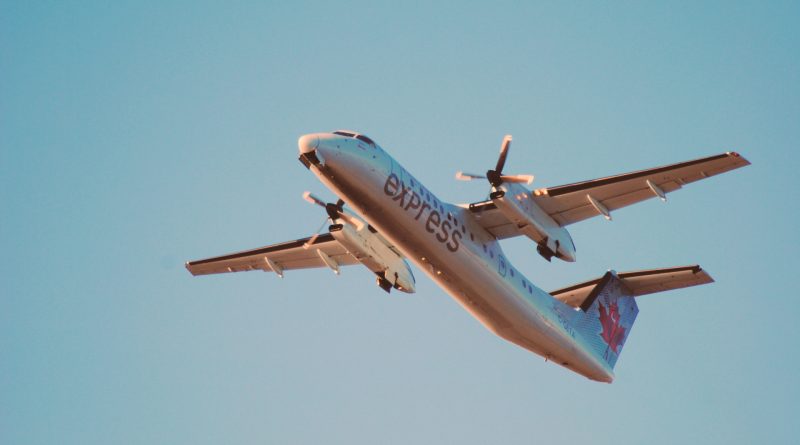Jazz and the Q-300 Extended Service Program
In February 2015, Chorus Aviation, which owns Jazz, announced the signing of a maintenance agreement with Bombardier to increase the useful life of 19 Q-300 by 50%. A first aircraft entered Halifax’s Chorus hangars in January 2017 and a seventh is currently being upgraded.
This extended service program utilizes several structural and technical analyzes that apply the accumulated fatigue and test data for the Q-300. The airplane must therefore undergo a comprehensive structural inspection in order to extend their useful life. The fact that six aircraft have undergone this upgrade in 18 months tells us that this program is running smoothly and that few repairs are done before putting the aircraft back into service. The reliability and endurance of the Q-300 therefore allow Jazz to extend their life with a minimum of investment.
In order to control the maintenance cost of its fleet of 26 Q-300s, Jazz is looking across the planet to buy at a low cost old aircraft that are no longer in service, then dismantles them to recover the parts that can be reused. Note that Jazz has dismantled 10 Q-300 so far.
Q-300’s global fleet statistics tend to justify Jazz’s decision to retain and upgrade its older aircraft since out of a total of 267 units manufactured from 1989 to 2009, 252 have survived to date. Only 38 Q-300s are stored while the average age of the fleet is 19.8 years and the oldest aircraft in service is now 31 years old.
The Q-300 extended service schedule allows Jazz to have a fleet of 50-passenger aircraft at a very reasonable price for at least another 15 years. The Q-300 is an aircraft that is aging well and those that Jazz upgrades could stay in service until the age of 40 and even more.
>>> Follow us on Facebook and Twitter

